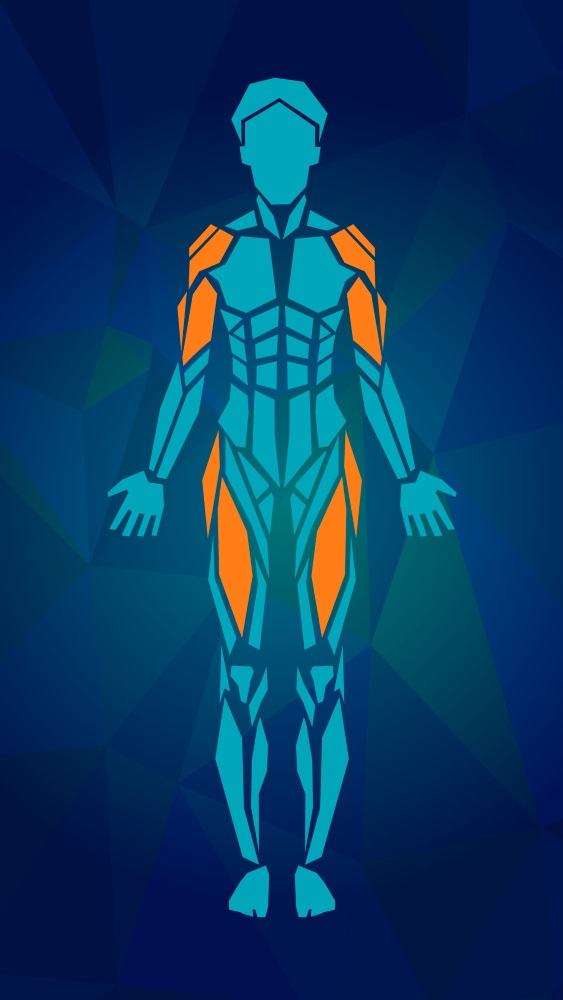
When a big company, such as Apple, is introducing an innovative and important application named ARKit to the world, it is rather obvious that sooner rather than later, strong applications in this field will begin to rapidly appear everywhere. That’s also the case with medicine, as we have reviewed here many times at ARinMED. There are many strong willed, capable, and creative researchers all over that have developed interesting, practical, and very impressive medical applications that are already making an impact, and potentially saving lives in the process. When a company gives away such a powerful development tool (for free), like the ARKit, some great applications are meant to rapidly appear.

If you remember our recent analysis of ARKit and ARCore’s prospects concerning the medical field, we have expected medical education-based applications to make an appearance because of the emergence of both of these platforms. Well, researchers from Visible Body, a Boston-based company that launched in 2007, have pledged to ‘invent apps that advance the way students learn and healthcare professionals practice.’ This pledge brought an actualization to their already critically acclaimed app HUMAN ANATOMY ATLAS (HAA), thanks to iOS11 and ARKit.

A new update of this technology brought the new ‘AR-Mode’. This new mode allows students to have an anatomy model directly on their table, and enables them to explore it – and even dissect it – just as we all do on early stages of our medical careers, with the difference that now it’s possible to do so in the comfort of our homes, and without needing a real human cadaver. We believe it really modifies the way we are studying anatomy since first, we don’t need any special equipment to have this amazing technology in our homes and second, the way ARKit works, it will give us a correct sense of volume and proportion regarding the human body, making it much more interactive for medical students (or even specialists) that use this application for education purposes. You can take a look at how it works in the video below.
Of course, HUMAN ANATOMY ATLAS is the first medical app augmented by ARKit to bring an AR component to an already successful framework. In this sense, we just cannot wait to take a look to other apps from Visible Body that receive the same AR treatment, (such as Muscle Premium, an app dedicated to students of muscle and skeletal function). By having detailed and interesting Augmented Reality models that help students understand the complex machinery that is the human body and its physiology, we believe ARKit is going to bring an educational revolution to medicine.
Only the future knows what else is coming for Augmented Reality in Medicine, but with the growth spurt that this field is achieving, nothing should surprise us anymore.
Let us know your questions or thoughts in the comments section!








